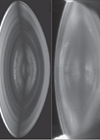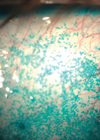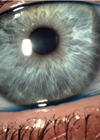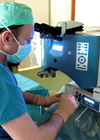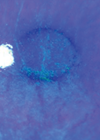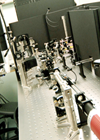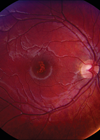Ophthalmology
The refractive index in the eye lens – implications for clinical practice and optical design
The eye may appear to be a comparatively simple organ and yet its optical system is complex and continues to be a source of investigation and research. The major optical elements are considered to be the cornea and the lens...
Resurfacing the ocular surface
The ocular surface (OS) is an anatomical and functional unit made of the tear film, the conjunctival, limbal and corneal epithelium, the lacrimal, mucous and meibomian glands and the lids and blink reflex. The tear film is composed of a...
It’s not all about ARED - Time for a pragmatic approach to nutrition for eye health?
Advances in treatment for retinal diseases involving neovascularisation have undoubtedly changed the future of eye care across the UK for the better, but also created great challenges for service delivery in ophthalmology, particularly within the NHS. Some statistics are starting...
Optimising the ocular surface by managing meibomian gland dysfunction
Meibomian gland dysfunction (MGD) is ubiquitous. Ocular surface inflammation and irritation are prevalent in most ophthalmology clinics: corneal, cataract, glaucoma, oculoplastic, paediatric, vitreo-retinal, medical retina and refractive surgery. These patients also represent roughly one third of those attending for emergency...
Blinking blepharitis has a lot to answer for…
Never ignore the small things’…someone once said. There is no doubt blepharitis is one of the most common eye conditions encountered daily, but with the typical pressures of a busy outpatient department, the management of more obvious, sight-threatening conditions necessarily...
PACK-crosslinking for infectious keratitis
Corneal cross-linking with riboflavin and UV-A light (CXL) is a technology that has been initially developed to treat corneal ectatic disorders [1]. Its effect in stabilising diseases such as keratoconus was reported in numerous trials with excellent long-term outcomes and...
Therapy for limbal stem cell deficiency: cell fate after limbal stem cell transplants
“The beauty of scientific research lies in that the search for answers often yields yet more questions.” A large body of evidence points to the corneoscleral limbal location as the repository of putative epithelial stem cells [1]. Thoft proposed the...
Adaptive optics imaging: resolving single cells in the living eye
The human retina is unique in the central nervous system (CNS) in that it can be directly visualised non-invasively. Technological advances of several imaging modalities, including optical coherence tomography (OCT), multichannel scanning laser ophthalmoscopy (SLO) and fundus photography, have afforded...
The Eye Health Network – an ‘optometry-first’ approach to eye care
Historically, in NHS Grampian, ophthalmology and optometry worked separately, with even the process of optometry referral to hospital occurring only at the behest of the patient’s general practitioner (GP). Criteria for referral were not discussed and feedback after referral was...
Burning vision: vision loss from misuse of ‘toy’ laser pens in children
A case series of five children with macular burns due to the misuse of novelty laser products, purchased online or abroad, was undertaken at the Royal Hallamshire Hospital and The Children’s Hospital, Sheffield [1]. All patients were from the Sheffield...


